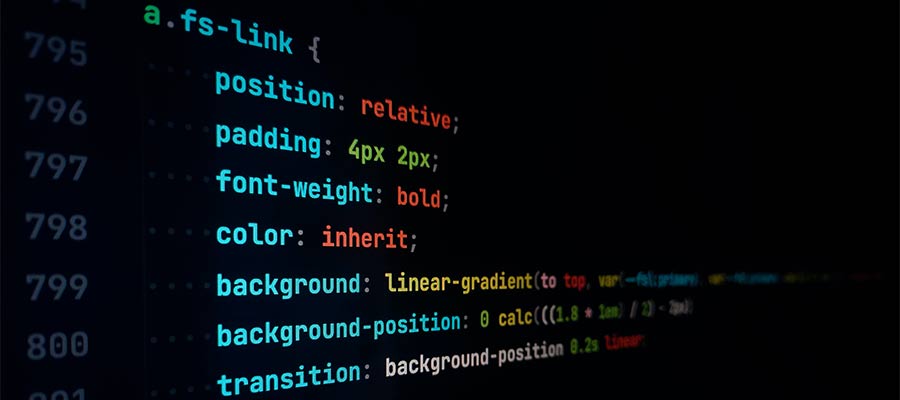All creative professionals can benefit from having an online portfolio. They’re great for attracting new clients. And they can even provide a trip down memory lane. It’s a chance to see how far you’ve come.
But it’s possible to obsess over a portfolio a little too much. For example, sometimes we add features just because they look good. It could be a sign of mixed priorities. Are you designing to serve your current client or to impress the next one?
The practice is understandable. Designers want to show off their full range of skills. We might cringe at the thought of being pegged as a one-trick pony. It’s as if we’re only capable of recycling the same ideas.
Does a similarity in look mean that we’re not capable of more? Of course not. There’s more to this than meets the eye. Let’s dig a little deeper.
Good Design Doesn’t Need to Be Groundbreaking
The point of a project – whether it’s a website, mobile app, or print piece – is for people to consume it. As such, it rarely requires us to do something groundbreaking.
It boils down to looking good and being easy to use and understand. Good design excels in each of these areas.
Yet we don’t always see things that way. We may see cutting-edge features and feel like we don’t measure up. That’s why browsing collections like Awwwards can be both inspiring and a bit depressing.
OK, maybe you can’t call your work groundbreaking. So what? That doesn’t speak to its quality.
Besides, there’s a great benefit in being consistent. Clients will know that you’re capable of taking care of their needs.

Art Digital Agency Website by Orix Creative
How Project Variety Affects Your Portfolio
Specific client and project types mean a lot when it comes to design. They go a long way towards determining the appropriate look and features.
The point is to make your clients look their best, after all. That often means staying within the expected parameters. We must ensure that the website helps clients achieve their goals.
For example, a law firm’s website should look clean and professional. There won’t be a lot of room for far-out special effects or typography. However, a site for a photographer or visual artist naturally lends itself to experimentation.
Sometimes, the biggest obstacle to being creative is having the opportunity to do so. That’s why variety matters so much. Working on different types of projects will result in a balanced portfolio. It’s a chance to demonstrate your full range of skills.
The opposite can also be true. If you work within a particular niche or budget, your projects will have a similar look and feel. It’s not a judgment of one’s abilities. It’s the result of designing for the realities of a given project.

The Highly Creative Portfolio Headless Horse
Changing Things Up When Possible
What if your typical client doesn’t offer much room for creativity? So be it. This doesn’t mean that you have to settle for boring design.
There are still plenty of ways to add your signature style to the mix. Areas such as layouts and micro-interactions can make a statement. And they don’t have to be groundbreaking.
Try to make the most of what a project affords you. Don’t worry about creating something Awwwards-worthy. There is still room for creativity. And that will shine through in your portfolio.
Potential clients may well notice the difference. The attention to detail will be apparent. And it may be what sets you apart from the competition.
Beyond that, your portfolio needs to reflect the types of projects you want to attract. Do you want to change your narrative? Start a side project or go all out on your portfolio design. That can help you show more depth.

Redefine the Purpose of Your Portfolio
A portfolio can mean different things to different people. It all depends on what you do and who your target audience is.
For instance, a freelance web designer’s portfolio may serve a different purpose than that of a 3D animator. For the freelancer, it could be about showing consistent quality over several projects. Sporting a similar look and feel isn’t such a bad thing. Having that “wow” factor may be more important for the animator in our scenario.
So, if you look at your past projects and see a certain sameness to them, try not to take it as a negative. Consider how each of those projects turned out. Were they successful? If so, that might be a good enough reason to shift your perception.
Related Topics
Top